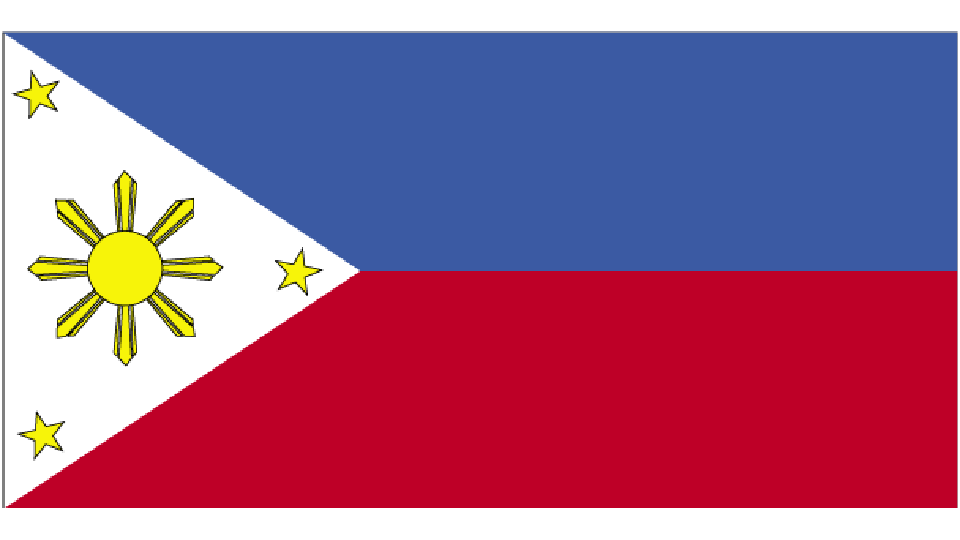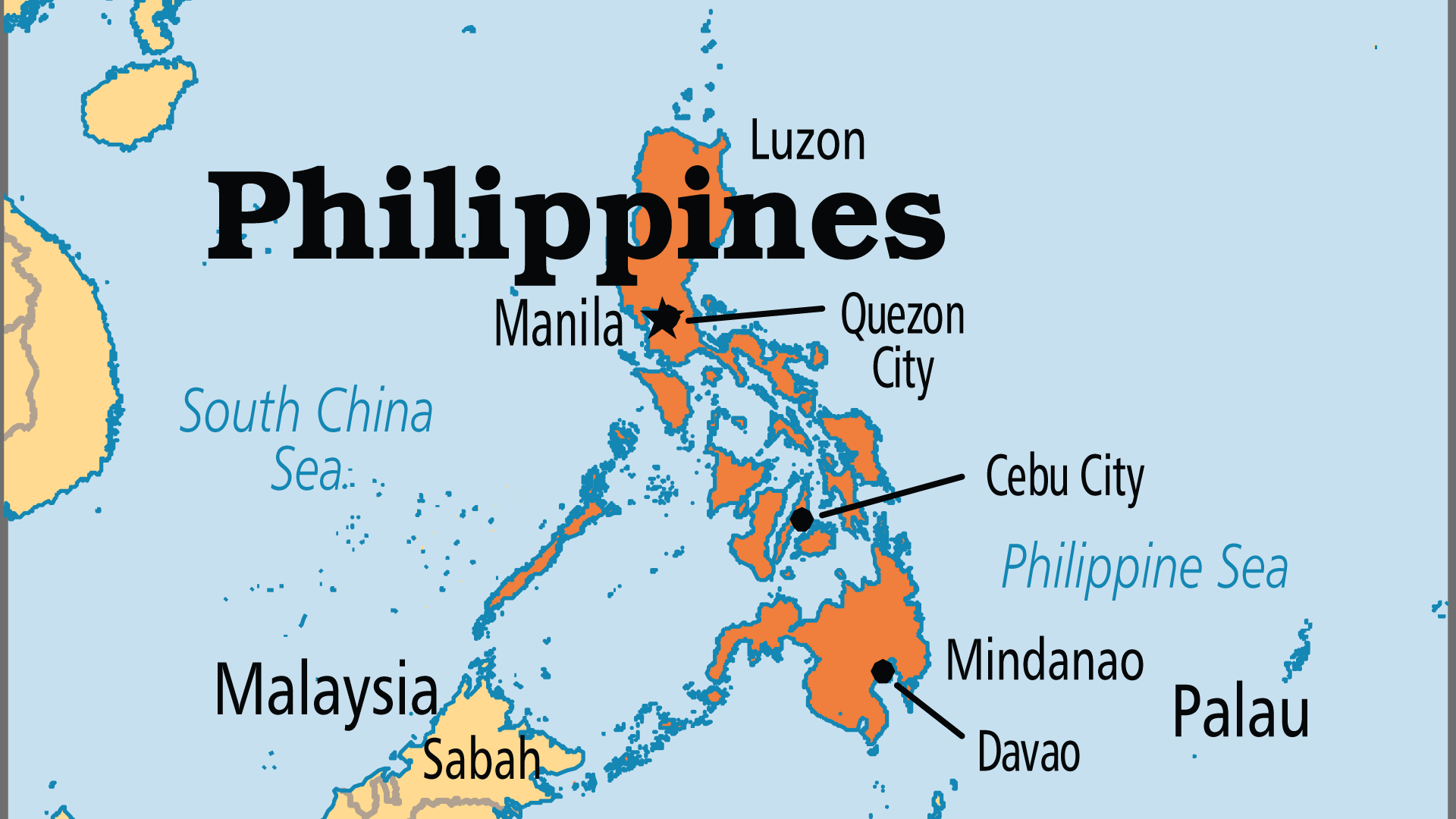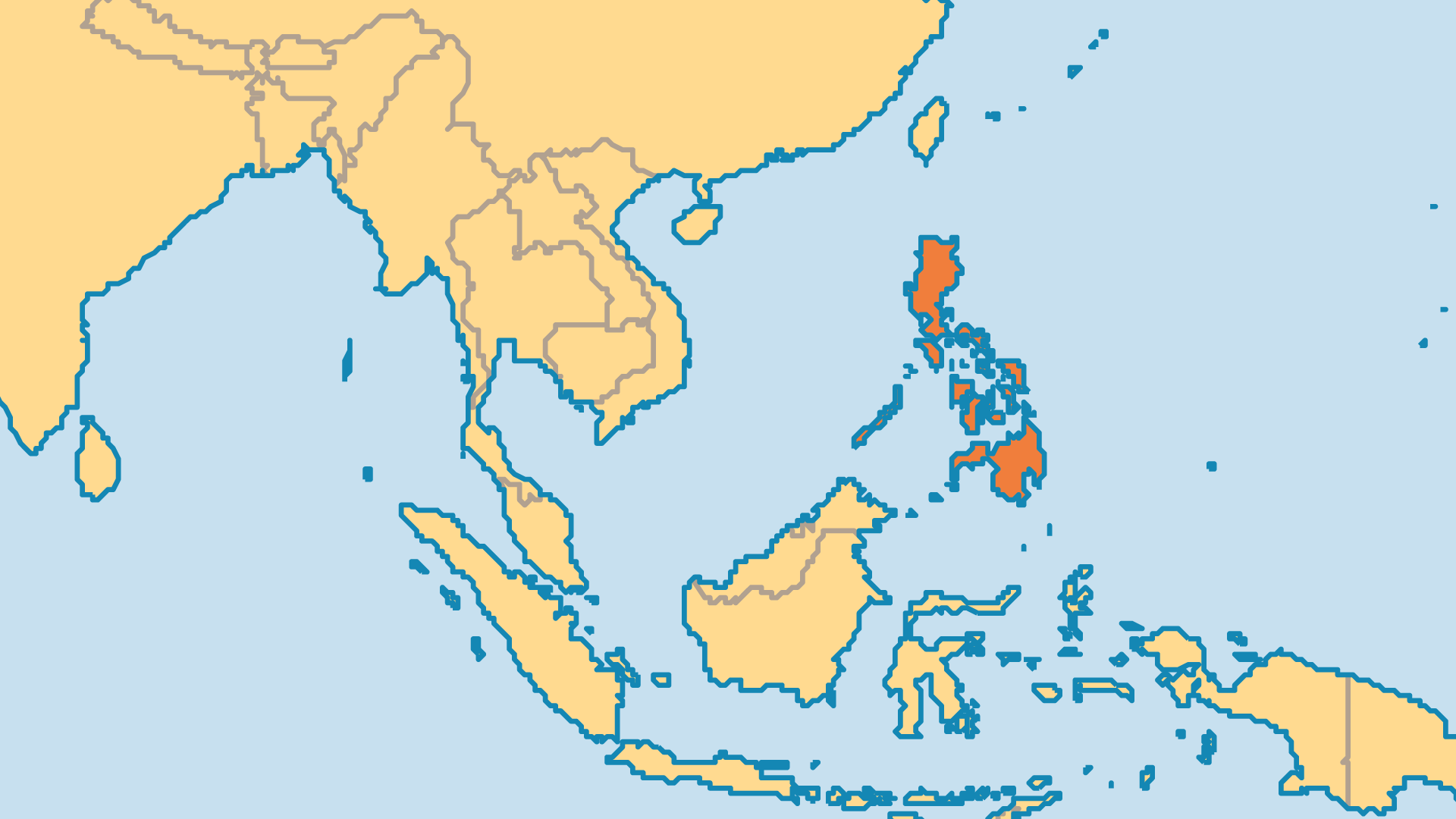Pray today
The Roman Catholic Church retains great influence, but needs to change as the country’s religious diversity increases. Some Catholics want to preserve the Church’s role in politics and society, and a few work to oppose Protestant or Independent movements. Recent surveys show that 15-30% of Catholics identify themselves as charismatic, and several new movements within Catholicism have committed evangelicals among them. Pray for God’s grace on these lively communities. For many Catholics, witchcraft or animism actually holds more influence over their lives than Christianity. They need the power of the true gospel.
More
Church growth among Protestants and Independents continues, but not at the rate of the 1980s and ''90s. The impetus provided by DAWN was an invaluable part of that increase. Growth now occurs in three main ways: smaller congregations plant daughter and granddaughter churches, attendance increases in the megachurches and - unfortunately - churches split. Still, much work remains. Of the Philippines' 42,000 barangays (its smallest government/administrative unit), 23,000 have no evangelical church, and these 23,000 contain 30 million people. Pray for new drive and passion in the vision for and commitment to church planting.
Spiritual vitality does not always equate to biblical truth. Philippines is awash with sects and cults that blend Christian ideas with all manner of false teachings. Some of these are schisms from Catholicism, some are independent groups that sprang from Protestant contexts, some are effectively neo-pagan religions with a Christian veneer. Most feature highly controlling and manipulative leadership and teachings. Pray for all lies to be exposed, and pray for effective Christian apologetics and ministry to the millions caught within these groups.
Leadership development is a priority. Praise God for many Filipino leaders with national and international influence. Yet, even the more than 100 seminaries and Bible colleges and numerous TEE courses have not kept pace with the need. Splits and schisms, often led by those with minimal training and little accountability, have led to doctrinal distortions and moral failures. Many see formal training as an unaffordable luxury or an unnecessary distraction. Graduates are often reluctant to serve in needier rural areas; many emigrate to the USA. Thousands of rural congregations languish without adequate leadership; thousands of pastors struggle to survive on the meagre offerings of their congregations. Pray for such institutions as the Alliance Bible Seminary (CMA), Philippine Baptist Theological Seminary (IMB), ATS, FEBIAS (SEND), APTS in Baguio (AoG), and IGSL (Cru). TOPIC plays a key role in equipping Christian leaders in the Philippines. Pray that God may continue to raise up godly, committed leaders.
The Filipino Church is now a significant missionary-sending Church. With over 50,000 evangelical congregations and a widespread diaspora, the potential is great. Filipino cultural flexibility, resilience in difficult environments, good education, language skills (including use of English) and positive foreign relations all weigh heavily in favour of Filipino missionaries. Pray for:
- The Philippine Missions Association. The PMA is a coordinating body for most of the mission agencies based in the country. Pray for effective national and international networking to maximize the impact of this movement, crucial to world evangelization.
- The PMA goal of sending out 5,000 cross-cultural missionaries. About 3,300 are already on the field. They also seek to raise up 2,000 mobilizers, 200,000 Filipino tentmakers and 500,000 mission intercessors; pray for the fulfilment of these ambitious and faith-filled goals.
Groups on which to focus intercession:
- Students, over 2.5 million in 1,800 tertiary colleges and universities. Many agencies are involved: Cru with vision for Christian movements on 125 campuses nationwide, IVCF(IFES) with 42 staff in ministry on 125 campus chapters, Navigators, AoG and others. There are also many locally initiated student ministries such as Student Missionary Outreach and Student Movement for Christ International. Pray for effective evangelical cooperation, multiplication of conversions and the development of a nationwide student missions movement.
- Children. More than half of the population are under age 20. CEF has over 120 workers with ministry for school children in 55 areas. However, 24% of school-aged children are unable to attend school; most either work or have no local school. There are 75,000 street kids in Manila alone. Action International, International Teams and World Vision are just three of dozens of ministries focused on children.
- Sex trade workers. Up to 100,000 children and 400,000 women are involved, many of them trafficked to other countries. The sex industry is apparently the fourth largest source of income. Pray for all involved (YWAM, Jubilee Action and others) in rescuing, rehabilitating and discipling these tragic victims of sin.
The major export of the Philippines is people. Filipinos are rich in skills but work opportunities are few, even for university graduates. Over 8.1 million live abroad. Of those, over four million work in Asia, the Middle East and Europe, often as nurses, engineers, seamen, domestic servants, nannies and menial workers. Many go to difficult and "closed" countries to be witnesses for Christ, and some suffer much for the gospel. Pray that all Christians may shine for Him. Pray that the unconverted may hear the gospel; especially pray for the 245,000 Filipino seamen scattered around the world (the largest number from any nation).
Pray for the less-reached peoples and areas. Great progress has been made in reaching out to isolated tribal peoples all over the islands, so much so that of the 17 remaining indigenous and unreached peoples, only two of them practice mainly tribal religions. The rest are Muslim. Pray for the Church to be stirred up in loving concern for Muslims and led into wise ways of reaching them.
- Mindanao has a healthy number of evangelicals, but growth slowed recently and revival is needed. Continued violence between government forces and Muslim rebels, and deep resentment of the Magindanaw, Maranao and Iranun, are all major obstacles to witness. Christian concern for them increased, and now over 200 (mainly Filipinos) work among them, often in highly dangerous situations. Increasing numbers have been won to Christ and over 100 house churches planted. Pray for these believers who face great pressures. OMF, SEND, TEAM, SIM and others have ministry to them.
- The Sulu Islands, between Mindanao and Borneo, are the home of the Muslim Tausug, Sama(3), Sinama and Yakan peoples. There is a significant breakthrough among the Sama Bajau Sea Gypsies who moved to urban areas of the region. They now take the gospel back to their home areas.
- Palawan - a long, isolated island - is rapidly developing, with many new Tagalog and Muslim immigrants. Through the ministry of NTM, these have responded: the indigenous Palawano groups, three Tagbanwa groups and plains Cuyunon. Much Bible translation work is completed, and churches are planted. The remaining challenge is to see more spiritual fruit among these: the superficially Muslim Molbog on Balabac and surrounding islands, the Batak, Brooke's Point Palawano and Sama Mapun on Cagayan Island. Recent response and growth among the Molbog and Batak are encouraging. Praise God for some beginnings among these peoples.
- Luzon. Praise God for church growth in the north-central mountainous area, where many of its peoples - the Ifugao, Bontok, Kankanay, Kalinga and Isnag - see the beginnings of people movements from animism to Christ. The Bicol region remains the neediest, with Albay Camarines Norte and Catanduanes provinces having the lowest evangelical percentages. Many small, semi-nomadic, hunter-gatherer Dumagat (Agat, Alta, Arta, Ayta, other) peoples live on the typhoon-lashed, rugged north and northeast coastal mountains of Luzon. Few are Christian, and the task of church planting is complex. NTM makes a large investment of personnel among these peoples.
- Visayas is in some ways the most needy region of the country. Christianity is widespread, but too often very nominal. The islands of Samar, Cebu and Leyte all see growth but remain well below the national average for evangelical presence. Widespread poverty often combines with a lack of hope to create a toxic socio-economic climate.
Media ministry:
- Literature is extensively used by Christians. Nearly 50 denominational and non-denominational literature agencies print, publish and distribute. Pray for the work started by OMF (publishing house and network of more than 50 bookstores), CMA, CLC and others. There are more than 100 Christian bookstores in the country. The use of Bible comic books is effective in reaching youth.
- Christian television. Christians make widespread use of radio and TV, including the charismatic networks within the Catholic Church. Few countries have more extensive Christian television coverage. A Pentecostal TV Channel, Zoë; Broadcasting (Jesus is Lord Church), is one of the more prominent evangelical channels in operation full-time.
- Internet usage is growing rapidly in the Philippines, and many ministries and churches extensively exploit this medium to spread their message. From online communities to webstreaming TV to podcast sermons to Bible studies, the dynamic and technologically savvy Filipino Church is making a powerful redeeming impact via the web.
More Information
- Get all of this content and daily notifications in our free mobile app. Download here ›
- Sign up for a daily e-mail that gets you the featured prayer point of the day straight to your inbox.
- This content is a curated selection of points from our book, Operation World. Find out more about it and all the rest of Our Publications ›
Content taken or adapted from Operation World, 7th Edition (2010) and Pray for the World (2015). Both books are published by InterVarsity Press. All rights reserved.


